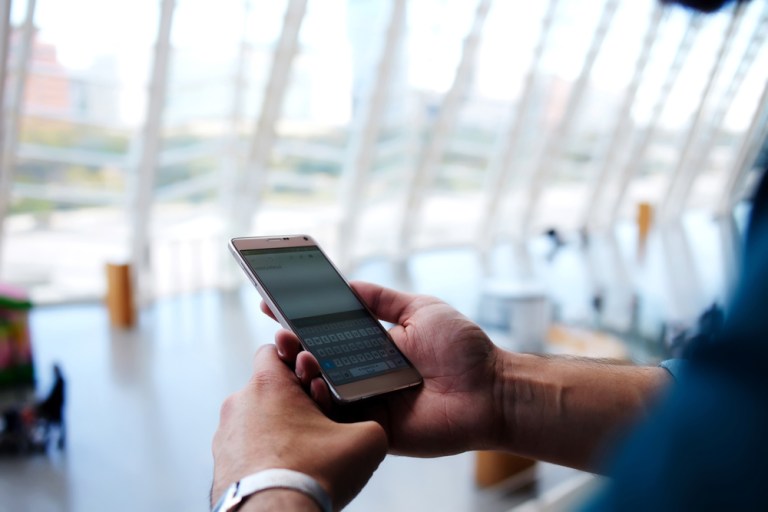
Big Data is big business.
That’s become pretty much gospel for brands, retailers and marketers alike.
And one of the most valuable forms of data right now is behavioral data because it tells a retailer or brand where a customer or potential customer goes, does and spends their time and money on. In other words, it’s a lot of that uber-valuable type of data.
Skyhook, a Boston-based first-party location network “alive” with billions of real-time data signals across the globe, literally invented much of the location-tracking technology used today.
Back in 2003, the company came up with a groundbreaking new way to obtain people’s locations through the use of Wi-Fi signals to pinpoint locations, which today is one of the most widely used and precise ways of location tracking.
“We foresaw the mass adoption and proliferation of mobile technology that would make our idea useful for every device on the planet,” Skyhook says on its website.
“We got to work on collecting the locations of billions of Wi-Fi access points worldwide and building the infrastructure and software to deliver the information.”
Literally, Skyhook was the technology behind the “blue dot” on the Maps application in the early iterations of the iPhone (it provided location services to Apple through iOS 3.1, when Apple realized the value in being able to track its customers’ movements and patterns and in-housed development of the technology).
“Our whole history is mobile location. We literally invented the technology around how to use Wi-Fi signals to fix a position on a mobile phone,” according to David Bairstow, Skyhook’s vice president of product management. “As we looked at where else can we apply our location expertise in the mobile space, we started looking at what sort of context we can extract from understanding people’s location.”
Look at it this way: Though it may seem a tad Orwellian, knowing where a user is and their behavior patterns can allow app developers, brands and retailers to better tailor experiences to best suit individual users.
A user who visits coffee shops regularly can be identified as a “coffee lover,” and a coffee retailer or brand, like Starbucks, is then better able to market toward that customer’s specific preference, creating a more authentic, engaging customer experience.
“We can not only help them trigger experiences when you are near their store or in their store,” Bairstow said. “We can also help them understand how many of the shopping visits do they get at their place of business compared to their competitor brands.”
Or if a user is traveling and has a history of purchasing music or songs online, an app or retailer using Skyhook’s technology could suggest they check out a popular local band playing at a specific venue while they are traveling to, say, San Francisco, thus creating a connection and a level of “trust” between that user and the brand, retailer or app that made the suggestion.
“Apps have a limited view of users based on search history, content consumed or purchases. Skyhook Personas provide them with insights into user interests and offline behavior. Apps can use this data to increase the conversion of in-app commerce, enhance advertising and inform product roadmaps,” according to Skyhook.
Bairstow said that Skyhook believes that the biggest area for retailer and user growth in the coming years will be in wearable technology.
“The part that is really core to Skyhook’s history is that we have a great story in the [Internet of Things] space and things getting smaller. We started on the first smartphone, essentially … Smartphones have gotten more and more powerful and sophisticated, and they are almost now like minicomputers,” Bairstow said. “And now, we’re kind of back with wearables, where they are just going smaller and they have less battery and less bandwidth and less power. What we’ve done is we’ve continued to shrink our location solution down to be able to work on these tiny devices, so we have a great opportunity providing location services within the IoT space.”